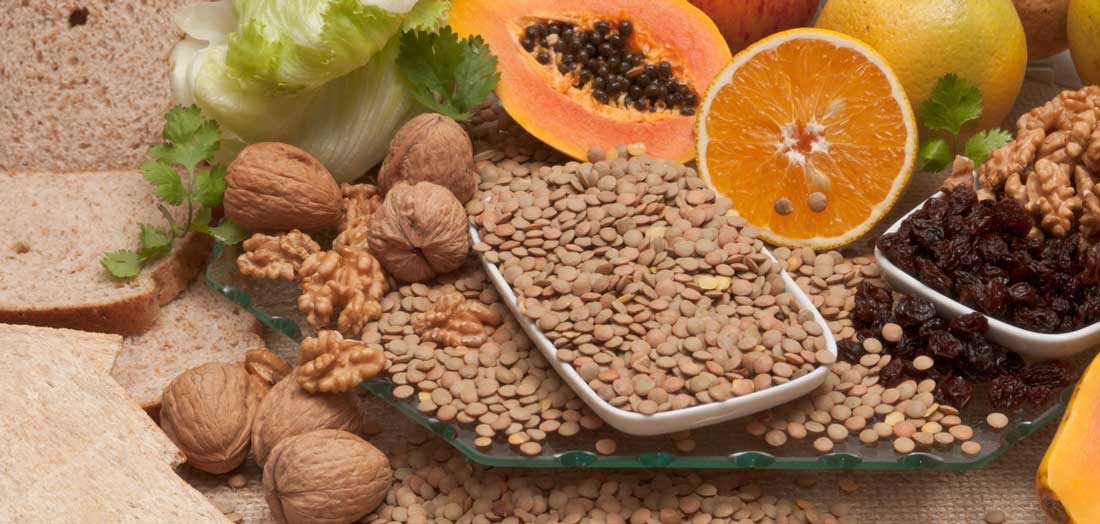Your Ultimate Guide to Getting More Fiber
Fit Life
December 28, 2016

If there’s one thing you need more of in your life, it’s fiber. Americans should be eating 25 to 35 grams per day, but most of us get a measly 12 to15 grams. Here’s your ultimate guide to getting more fiber from foods that are guaranteed to make you feel fabulous.
Facts About Fiber
There is arguably no other component of our food that does more for our health:
- Fiber-containing foods take longer to digest so they contribute to satiety, which is the feeling of fullness.
- Certain types of fiber soak up bad (LDL) cholesterol, so they help lower heart-disease risk.
- People who eat a high-fiber diet have a lower risk of certain types of cancer.
- Fiber helps regulate blood sugar levels in people with diabetes.
- Your gut loves fiber, because it helps reduce risk of constipation, hemorrhoids and diverticular disease.
How to Meet Your Full Fiber Potential
If you’re underperforming on the fiber front, here are some simple tips to get more fiber out of your foods:
- Eat your fruit – don’t drink it. One of the benefits of eating fruit is that fruit flesh and skin contains fiber. When you juice fruit, you throw out most of the fiber, so skip the juice and stick to solid food when it comes to fruit.
- Ration your refined grains. Refined grains don’t have the benefits of whole grains. Refined grains have had their nutritious vitamins, minerals and fiber removed during processing. Look for the words “100% whole” and ensure you’re eating whole-grain foods instead of refined ones.
- Learn to love your legumes. Why aren’t you bulking up on beans? Legumes are dried peas and beans and are powerful sources of protein and fiber. Add then to soups, salads and casseroles and use in place of meat when possible.
- Mind your meat and cheese. The food groups that DON’T contain fiber include meat, dairy and oils. Certain foods from these groups are better than others, but keep in mind that they are fiber-free, so use sparingly.
- Power your diet with plants. Plant foods contain fiber, while animal foods do not. When possible, make swaps to include more plant foods and fewer animal foods. You’ll naturally consume less unhealthy fat and increase your fiber without even realizing it.
A Friendly Fiber Word of Caution
Before you jump on the high fiber-bandwagon, a word of caution: If you go from 0 to 30 grams of fiber a day, chances are your gut is going to hurt. Go slowly when it comes to bumping up your fiber intake. Add a few grams per day and don’t forget to drink more water as you increase dietary fiber intake.

Katie Ferraro, MPH, RD, CDE is a consultant, registered dietitian and certified diabetes educator based in San Diego, CA. She specializes in nutrition communications and is the author of Diet Therapy in Advanced Practice Nursing (McGraw Hill 2014). As an advocate for foods you can eat MORE of, Katie serves as a media spokesperson and writes the popular blog www.fiberisthefuture.com.


